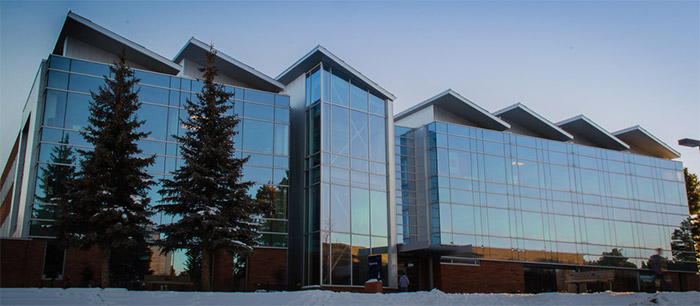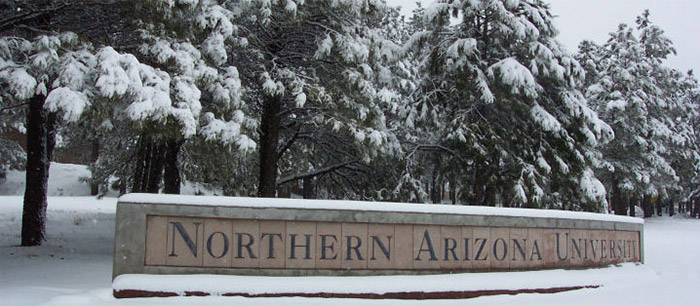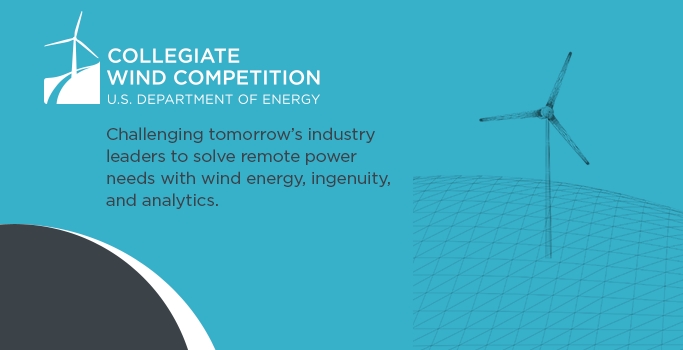Project Description
The Collegiate Wind Competition of 2016 (CWC 16), sponsored by the U.S Department of Energy (DOE). The objective of the project was to design a highly competitive wind turbine, which fulfills the requirements outlined by the faculty sponsors and the DOE. The wind turbine competed against other teams from around the country at the CWC 16.



